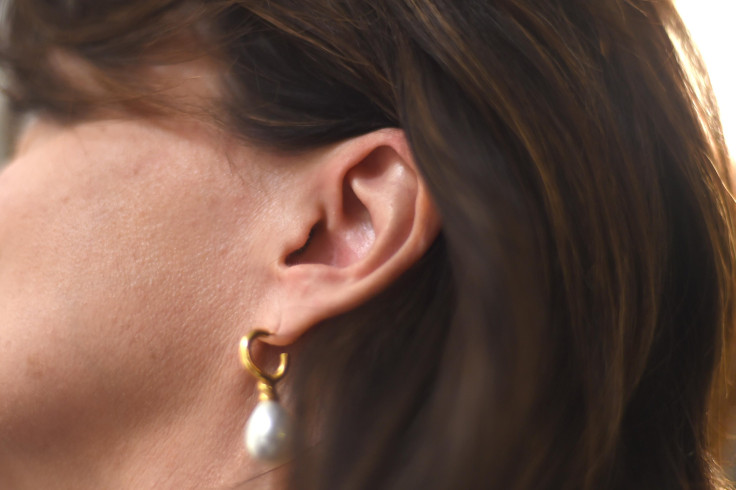Woman Can Hear Her Internal Organs Moving Because Of Rare Medical Condition

A rare medical condition has left a woman constantly hearing the movements of her internal body parts, making life miserable for her. Pam Roberts, from Maidstone in Kent, in the United Kingdom, suffers from superior semicircular canal dehiscence (SSCD), a disorder which enables the brain to view stationary objects as moving.
The 49-year-old has a hole in between her inner ear and her brain, allowing her to constantly hear noises made by her own internal organs. Describing her condition, the woman said it was painful for her to hear her own voice sound like a broken kazoo.
“There are really bad days where I don't answer the phone because I cannot bear to talk and have to listen to it,” she was quoted as saying by Mirror Online.
Roberts, who lives with her partner, 41-year-old Martyn Smith, and their two children, Bethany, six and Bobbie, two, said it felt horrible to keep letting her friends down all the time. She revealed the condition has affected her mentally, leaving her depressed. "I am a shell of my former self," the woman said.
Only one to two percent of the world’s population is affected by SSCD. It affects men and women equally, and symptoms usually manifest only after reaching the age of 40.
Smith, who said Roberts found out about her condition in 2015, spoke about how it made her a recluse.
"Pam hides herself away and has become a recluse seeking refuge in the house - she has become a very different person to the old Pam," Smith, an X-ray engineer by profession, said.
"Having a social life is now too distressing for her as she cannot stand to even talk," he added.
Roberts revealed her condition deteriorated after she underwent surgery in 2018. "That was devastating - I thought the surgery was going to give me my life back but things got even worse after that."
Meanwhile, Smith has launched a fundraising page to cover the cost for Roberts’ planned travel to and surgery in the United States. If the couple manage to raise the desired 5,000 pounds (about $7,000), they will fly to the U.S. and seek treatment and surgery from an SSCD specialist.
"There is no real knowledge of this condition in the U.K. - few procedures have been performed by a couple of surgeons who are restricted to a single procedure due to cost to the NHS," Smith said. "So Pam's only option to get her life back is brain surgery - craniotomy - with an SSCD expert in USA."
SSCD symptoms include autophony (a condition enabling a person to hear echoes of sounds in the ear), hearing loss, hearing one’s heartbeat loudly, vertigo, etc.
© Copyright IBTimes 2024. All rights reserved.





















